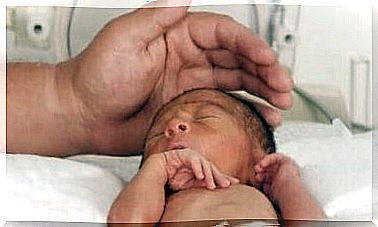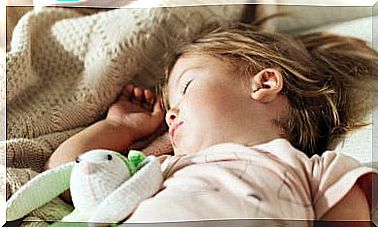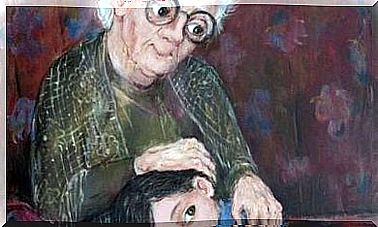Menstruation After Childbirth – What You Need To Know
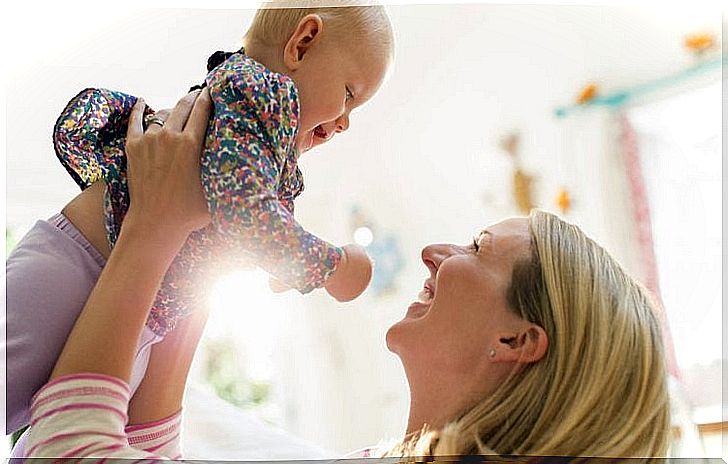
After the birth of a child, a woman’s body gradually begins to return to its normal state, and eventually menstruation begins. If you are wondering what menstruation is like after childbirth, keep reading as we will tell you more about this topic in this article.
Menstruation after childbirth
Nine months of gestation is behind, and the mother has given her little child in her arms. There is not a time when a woman has in mind the idea of when the first menstruation after childbirth appears. Pregnancy and childbirth put a strain on the body, but the body gradually begins to recover from the ordeal. The organs gradually return to their proper places and the body concentrates on milk production.
The body’s hormones work hard to provide the child with everything he or she needs to grow strong and healthy. However, every woman’s body is different, which is why menstruation also begins after birth in some earlier than others. The neuroendocrine system is gradually restarted. The neuroendocrine system is responsible for when menstruation first begins – usually in adolescence – and because they return after childbirth.
Breastfeeding has a major effect on when menstruation begins after childbirth. Bleeding from blood, mucus and uterine tissues may occur 6 to 8 weeks after delivery. If the baby is not breastfed, the first menstruation after childbirth may appear a few weeks after this bleeding. Instead, if the baby is breastfed, it can take up to two years before menstruation begins.
Good to know about postpartum menstruation
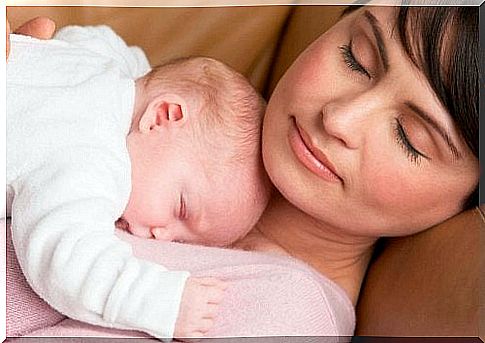
According to the World Health Organization (WHO), the first period of a woman who is not breastfeeding begins about four months after giving birth. In most cases, ovarian function returns to normal in these women within 30 days. The first postpartum menstruation is often preceded by different prognostic signs. These symptoms can be very different from those experienced before pregnancy. A woman’s menstrual cycle may change, and her period may be unbalanced for the first few cycles. Other unprecedented symptoms may also occur.
A woman can ovulate during her first postpartum menstrual cycle. Without contraception, she can therefore become pregnant during her first cycle, and statistics show that this is the case in 1-12% of cases. We want to emphasize that even if a woman becomes pregnant during her first postpartum period, and continues to breastfeed her baby, there is no reason to stop breastfeeding. Pregnancy and breast-feeding do not affect each other, so pregnancy has no effect on the baby’s nutrition, i.e. breast milk.
Menstruation and breastfeeding
The reason why breastfeeding mothers don’t usually menstruate is hormones. When a baby sucks on its mother’s breast, a woman’s body produces prolactin hormone, which has the ability to block ovarian function. In this sense, breastfeeding can be considered a natural method of contraception. However, this method alone is not worth relying on, as it is not a completely certain method of prevention.
Nature is marvelous, and a woman’s body knows when it is dedicated to breastfeeding. In this way, the body protects the woman from a new pregnancy. However, the protection effect is only 98% and only when certain conditions are met. The woman should be fully breastfed – in which case the baby will not eat substitutes or solid foods at all – and the baby should be breastfed at least every six hours. This only applies if the baby is less than six months old.
Usually, when a baby starts eating solid foods alongside breast milk, the mother’s first period after giving birth also begins. This is because the baby sucks the breast less often, which also reduces the production of prolactin. For some mothers, the first menstruation does not begin until breastfeeding is completely stopped. The functioning of a woman’s body determines when the postpartum period begins. The most important thing is the health of the mother and the fact that the child gets all the food he needs.





